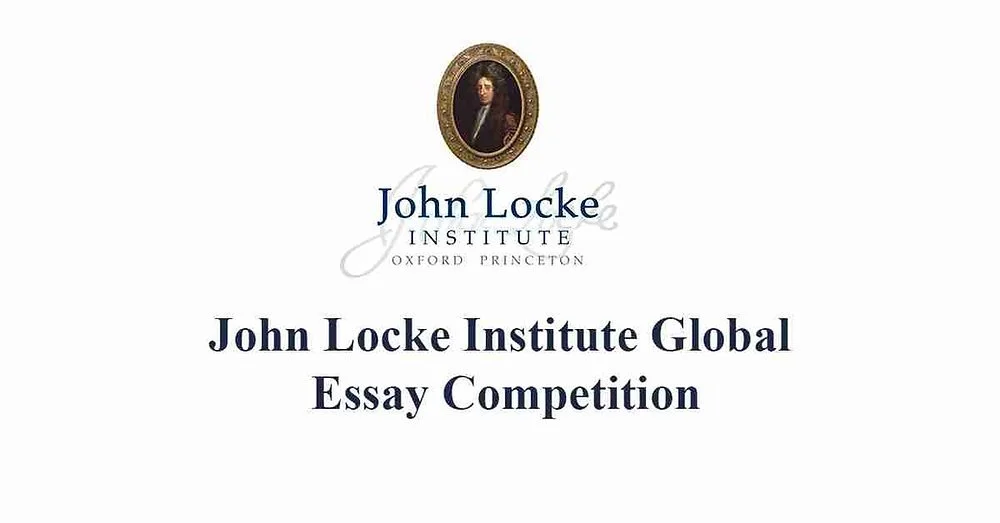History of Art Model Personal Statement
This is a model personal statement of a succesful Oxbridge History of Art applicant.
The Beheading of St John is the only painting Caravaggio signed; from the Baptist’s severed head, blood flows to form the name Michelangelo. This Baroque masterpiece hangs in St John’s Co-Cathedral, a place I often visited during my upbringing in Malta. While the Cathedral’s opulence intrigued me, I was overwhelmed by the painting’s gruesome content. I have, in recent years reassessed the painting, considering its aesthetic and cultural aspects anew. The Royal Academy recently paired Bill Viola's installations with Michelangelo’s drawings, I found this curatorial decision striking. Viewing the exhibition invited me to reflect on the transcendental aspects of existence. By studying History of Art, I aspire to engage with art on both an academic and spiritual level.
While my school doesn’t offer History of Art, my visual sensitivity drives me to explore it in other IB disciplines. The Theory of Knowledge course challenges me to question the relevance and impact of art while constructing balanced arguments that require acute critical thinking. In a recent presentation, I explored the extent to which a culture can be understood through its art, considering how aesthetic qualities are influenced by socio- cultural change. Reading Peter Burke’s ‘The Italian Renaissance’ inspired me to focus on Quattrocento Italy.
On a trip to Florence, I undertook independent research for my IB Extended Essay in which I analysed Masaccio’s use of illusion in ‘The Holy Trinity’. This exploration led me to contemplate the reliability of sources used to interpret art. Aesthetics is a branch of knowledge that enthrals me; I was recently challenged to consider Kant’s claim that disinterestedness is essential when experiencing art and making aesthetic judgements. On reflection - and reading John Berger’s ‘Ways of Seeing’ - I saw that an individual’s response to an image is influenced by personal differences.
Reading Berger also led me to consider the social presence of women in Western Art, as objects of vision. As an IB Psychology student, I find the dynamic social behaviour between male and female appearance relevant where, in our image- consumed culture, the iconic female nude becomes the image of contemporary advertising. During an internship with Space Marketing Agency, I experienced the way artworks have been creatively integrated into marketing to positively influence a brand’s image. I considered whether a distinction exists between art and marketing imagery.
Gallery visits fuel my ambition to develop my visual literacy through studying History of Art. Creativity drives me to contemplate what it is to be human; I find that art both holds and moves human emotion, forming an intimate vehicle of communication between creator and viewer that transcends space and time. As a Visual Art student, I have experienced both aspects of this relationship. I am currently working towards an exhibition, exploring the power of symbols using a range of mediums. On reading Nadia Choucha’s ‘Surrealism and The Occult’, I was thrilled to make connections between alchemical symbolism, Freudian psychology and Surrealist art: my Art coursework is an investigation of Dali’s ‘Les philosophies des Alchemise’.
Sharing my enthusiasm with others is extremely rewarding: I co-founded a school Art Club, inspiring students to respond to artwork. I attend History of Art Society where we interpret artworks in their cultural and historical contexts. As a member of my school’s Creative Writing Magazine editorial team, I was elected to design the front cover. My appreciation for literature led to me being chosen to travel to Ghana, where I volunteered for an NGO called Reading Spots which sets up libraries in rural villages. I am grateful to have experienced Ghanaian culture and the way creativity and education connect people. By studying History of Art I desire to gain knowledge that will enable me to creatively and intellectually navigate both our past and present visual cultures.




